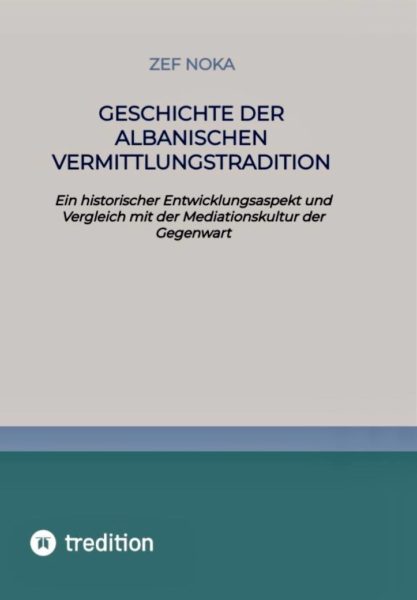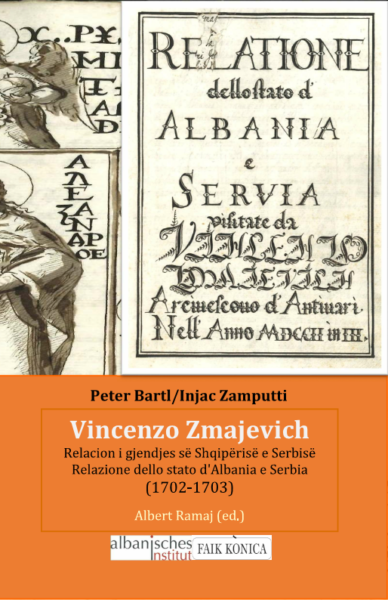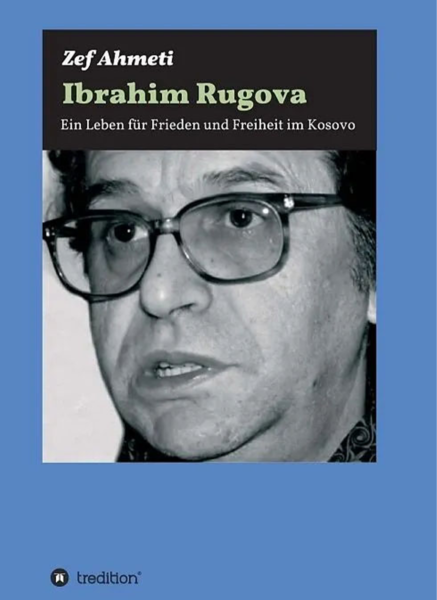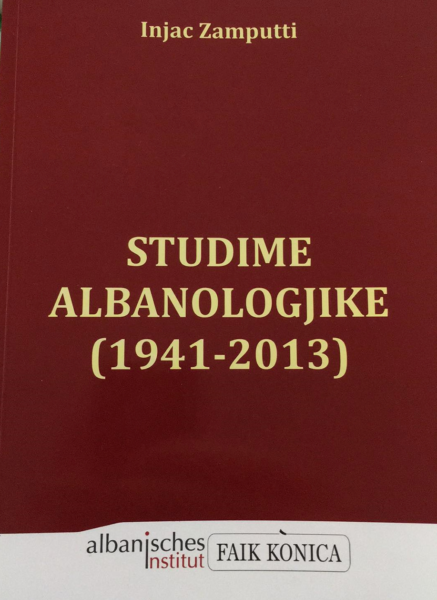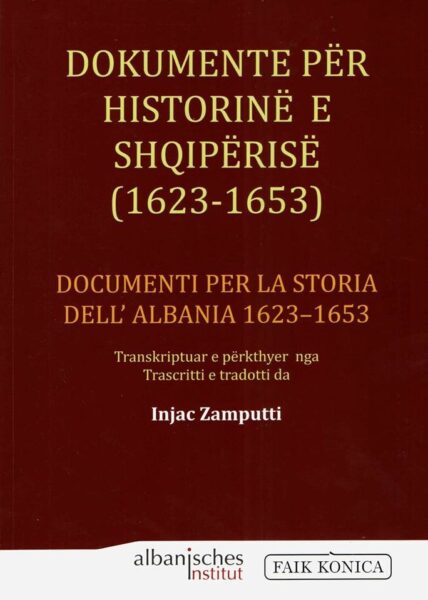The contribution of Albanian Catholic Community in the formation of Albanianism.
My paper intend to give a historical panorama of religiuos pluralism in Albania and the scale of its influence in the formation of the National identity. At the same time, I would like to be focused on the contribute of the Catholic Community in the formation of Albanianism.
By Prof. Ass. Dr. Romeo Gurakuqi
In this paper, the following points or issues will be briefly elaborated:
1. The religious composition of post-Ottoman Albania
2. Consequences of mass Islamisation of the Albanian people
3. Platform of Albanian National Renaissance
4. The contribute of Catholic Albanians on Cultural Movement during the Renaissance and Independence
5. The state and religions in the newly constituted Albanian state of 1920s
6. The Communist take-over of Albania at the end of 1944 produced serious consequences for the religious communities.

Ethnically, Albania is homogeneous, more than 95 per cent of the population is made up of ethnic Albanians. The officially recognized minorities are the Greeks, concentrated in the south, Macedonians, Serbs and Montenegrins. In addition to these minorities, there are Vlachs and Roma.
This ethnic uniformity is incarnated into the two ethnic sub-groups to which Albanians actually belong: the Geghs in the North and the Tosks in the south, the approximate line of demarcation between them being the Shkumbini River which flows through Elbasan. The Ghegs and the Tosks differ from each other in linguistic, historical-cultural and socio-religiuos secondary characteristics.
The religious composition of post-Ottoman Albania is often asserted to be as follows: 68 per cent Muslims (dispersed throughout the country), 20 per cent Orthodox Christians living in the south of the country and 12 per cent Roman Catholics dwelling in the north. However, these percentages do not reflect the distinction between Sunnis and Bektashis among the Muslims. Considering the profound
differences between them, it would be more accurate to say that the population of post-Ottoman Albania comprised about 53 per cent Sunni Muslims, 20 per cent Orthodox Christians, 15 per cent Bektashis and 12 per cent Catholics. An analysis of the population’s religious composition by ethnic sub-groups reveals that in the north the Ghegs were predominantly Catholics and Sunni Muslims, whereas in the south the two main religious affiliations of the Tosks were Bektashism and Orthodox Christianity.





